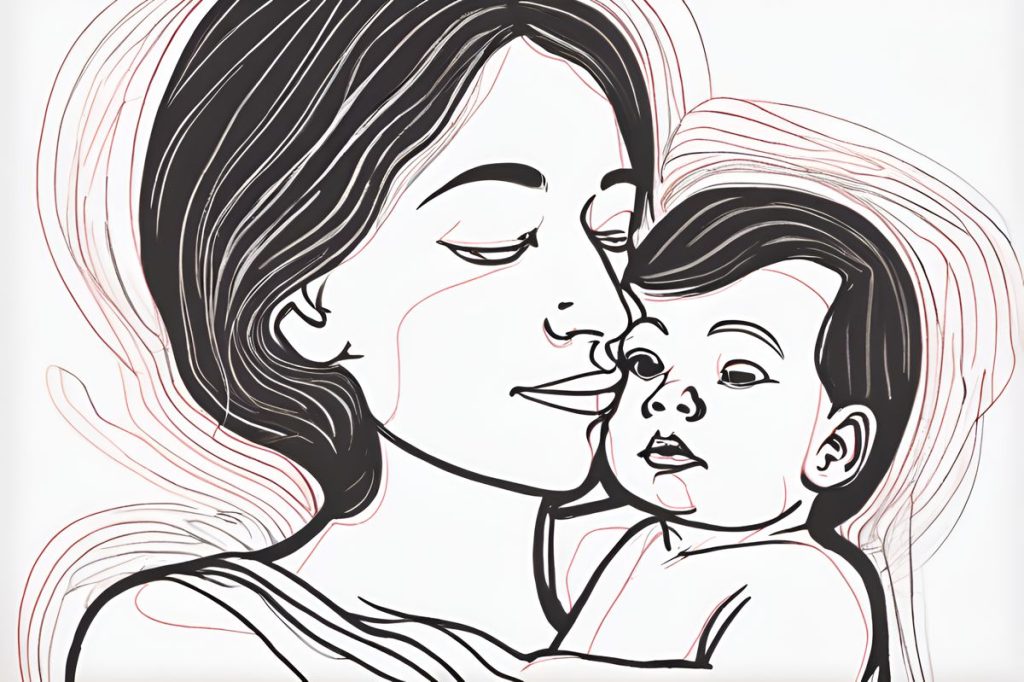The Maternity Leave Extension Bill presented in Parliament aims to increase leave for first-time and surrogate mothers to 22 weeks, and adopting mothers to 20 weeks. The bill also includes an extra eight weeks of leave if the newborn requires hospitalization, emphasizing the importance of parental presence during challenging times.
What are the key changes proposed in the Maternity Leave Extension Bill?
- The bill proposes extending maternity leave for first-time and surrogate mothers from 18 to 22 weeks.
- It increases maternity leave for adopting mothers from 16 to 20 weeks.
- Provides an additional eight weeks of supplementary leave if the newborn is hospitalised.
- Standardizes leave for the first two children and maintains 26 weeks for the third child onwards.
Introduction to the Bill
In a significant move aimed at improving work-life balance for new parents, the government tableed a bill in parliament this Wednesday. The proposed legislation seeks to extend maternity leave for first-time mothers. Where previously the leave was capped at 18 weeks, the bill suggests an extension to 22 weeks. This progressive step is not just for biological mothers; the bill includes provisions for surrogate mothers, setting a precedent in how maternity benefits are viewed.
The legislation goes further by addressing the needs of adopting mothers. It proposes increasing their maternity leave from the current 16 weeks to a more generous 20 weeks. This change reflects a growing recognition of the diverse paths to motherhood and the importance of bonding time with a new child, regardless of the circumstances of their arrival.
Supplementary Leave for Hospitalised Infants
An often-overlooked aspect of parental leave is the immediate aftermath of childbirth, which can involve unexpected complications. The bill addresses this by offering an additional eight weeks of supplementary maternity leave should the newborn require hospitalisation. This is an increase from the six weeks previously provided. It’s a compassionate recognition of the challenges faced by parents during what is already a stressful period.
By extending the supplementary leave, the government emphasizes the importance of parental presence during a new child’s hospital stay. It acknowledges that the early stages of a child’s life can be unpredictable and that parents should have the support they need without the added pressure of work obligations.
Equalizing Leave Across Births and Projected Impact
The proposed changes would standardize the maternity leave for a parent’s first child to match that of their second child, while leave for the third and subsequent children would remain at 26 weeks. This move towards equality in leave time for the first two children is a significant shift in policy aimed at providing equal care opportunities for each child.
The government estimates suggest a substantial positive impact, with approximately 5,000 working first-time mothers standing to benefit each year. The legislation also contains measures to ensure that those already on maternity leave when the bill is passed will not miss out—they are set to receive an additional four weeks.
Supporting Family Life Balance
Labour Minister Yiannis Panayiotou has advocated for the bill, stating that the extension of maternity leave “will make a significant contribution to strengthening the balance between work and family life.” He emphasizes the value of allowing new mothers to spend more time with their children during the crucial first few months. Such a move is seen as beneficial not just for individual families but also for society as a whole, fostering stronger family bonds and happier, healthier children.
The proposal is a testament to the evolving understanding of parental roles and the critical importance of early childhood development. The prospect of extended maternity leave offers a beacon of support for working mothers, one that can lead to more secure and nurturing environments for the newest members of society.
What are the key changes proposed in the Maternity Leave Extension Bill?
- The bill proposes extending maternity leave for first-time and surrogate mothers from 18 to 22 weeks.
- It increases maternity leave for adopting mothers from 16 to 20 weeks.
- Provides an additional eight weeks of supplementary leave if the newborn is hospitalized.
- Standardizes leave for the first two children and maintains 26 weeks for the third child onwards.
How does the Maternity Leave Extension Bill support family life balance?
Labour Minister Yiannis Panayiotou has advocated for the bill, stating that the extension of maternity leave “will make a significant contribution to strengthening the balance between work and family life.” The proposal aims to allow new mothers to spend more time with their children during the crucial first few months, fostering stronger family bonds and happier, healthier children.
What is the significance of the proposed supplementary leave for hospitalised infants?
The bill offers an additional eight weeks of supplementary maternity leave if the newborn requires hospitalization, an increase from the six weeks previously provided. This recognizes the challenges faced by parents during the stressful period following childbirth and emphasizes the importance of parental presence during a child’s hospital stay.
How does the Maternity Leave Extension Bill aim to equalize leave across births and what is the projected impact?
The proposed changes standardize maternity leave for the first two children to ensure equal care opportunities for each child, while maintaining 26 weeks for the third and subsequent children. The government estimates that approximately 5,000 working first-time mothers stand to benefit each year, with additional measures in place to ensure those already on maternity leave at the time of the bill’s passing do not miss out.

